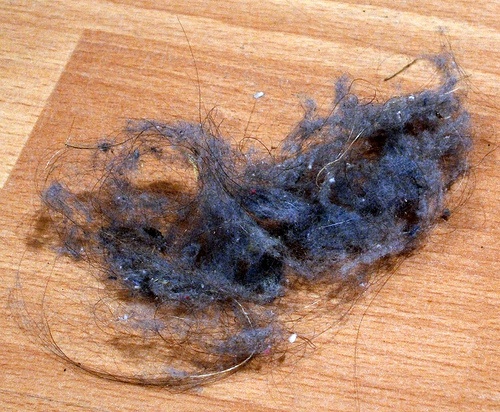You already know that you need to keep your home as clean as possible and that you should be dusting, vacuuming, and mopping on a regular basis. But sometimes life gets in the way and you end up going long stretches of time without cleaning. It is during these periods that you may notice that the dust around your home begins to accumulate, particularly on surfaces and in the corners of your rooms. And the more people and pets that you have living in your household, the more dust you are likely to find.
But how bad is dust, anyway? What exactly is in the dust that you find throughout your home, and is it harmful? Continue reading to learn more. You may be surprised by everything that is living and found within dust.
Dust Can Vary But Still Contain the Same Elements
Depending upon how many people live in your home, as well as the climate of your environment and the age of your property, your dust may contain different elements. Other factors that contribute to what’s in your dust include your cleaning habits, whether or not you smoke, and even your cooking habits.

Pollutants and Other Undesirable Elements
Regardless of the variables mentioned above, though, dust everywhere typically contains a combination of animal fur, food debris, tiny pieces of human skin that is naturally shed, decomposing insects, soot, particulates from cooking and smoking, and soil that is tracked in from the outdoors, as well as organic fibres and lint from clothing, bedding, and various fabrics. Most disturbing of all, though, is the fact that dust can even contain arsenic, lead, and DDT. Simply removing your shoes before entering your home can prevent a lot of these elements from entering from the outside.
Dust Mites That May Cause Allergic Reactions
Dust mites are found in dust and feed on dead hair and skin that you naturally shed. They’re microscopic, which means you can’t see them, but if you have dust, you can rest assured that they’re there. While they don’t cause problems for most people, they can trigger allergic reactions and asthma attacks, though these reactions usually occur in those who have weakened immune systems, as well as the elderly and young children.
It’s important to note, too, that these mites won’t sting, burrow into your body, or sting you, so you won’t even know that they’re there. To eliminate as many of them as possible (it’s highly unlikely that you’ll be able to eliminate them completely from your home), simply dust, vacuum, and sweep on a regular basis. Installing dust collection systems can also help you maintain a clean space at home and at work.
Even though it may be a bit unnerving to find out what’s living and found in the dust throughout your home, it’s comforting to know that a regular routine of cleaning every room, including floors and surfaces, as well as in corners and under furniture, is the most effective way to keep as much dust as possible at bay.

